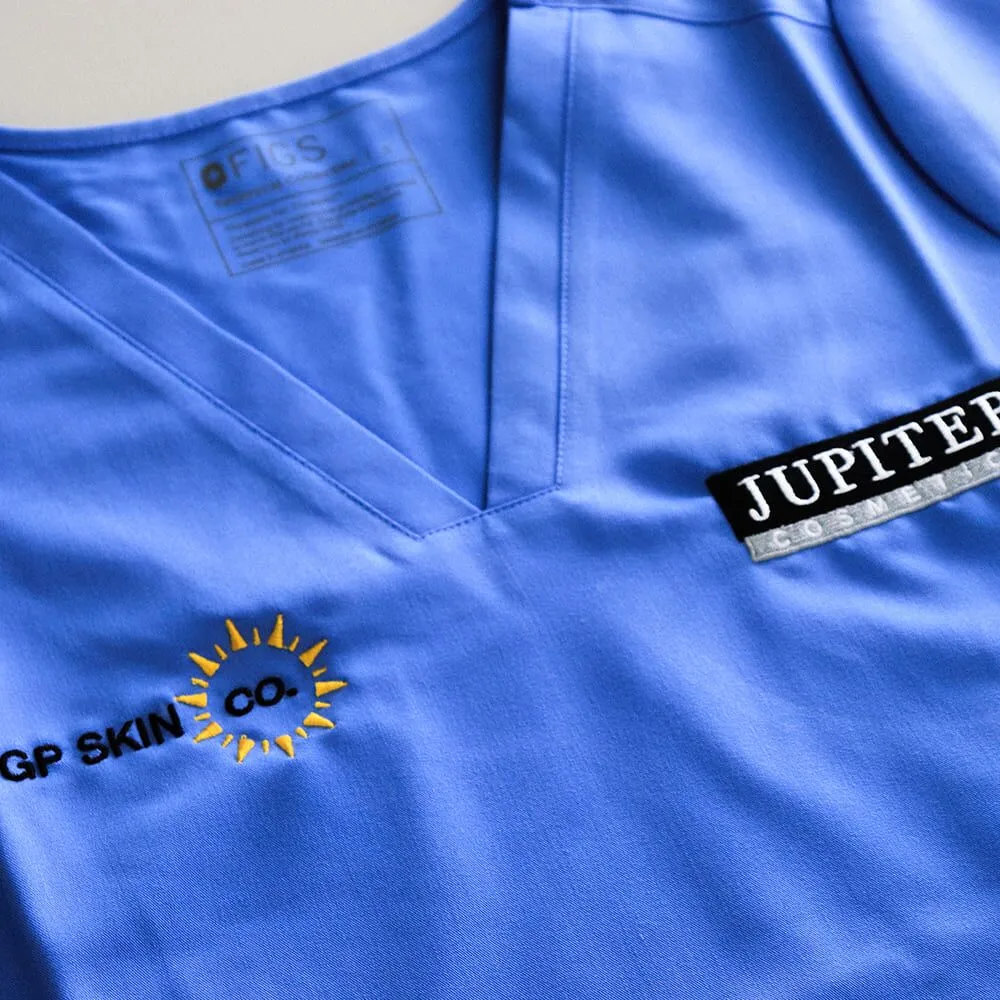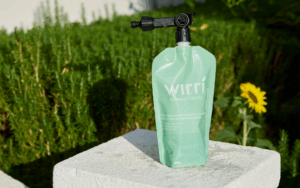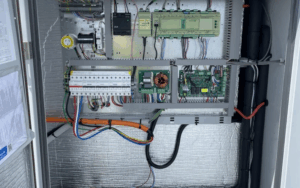Women’s workwear is long overdue for an update. Over the years, women have entered the workforce in greater numbers and increasingly diverse roles, yet their workwear often falls short in providing the same comfort, style, and durability offered to their male counterparts.
With workplace dynamics evolving and a focus on inclusivity, it’s time for businesses to rethink women’s workwear to ensure it meets the demands of modern professionals. This blog will explore the reasons why an update is essential and what key trends are driving the change.
The Evolution of Women in the Workforce
Historically, women were expected to wear clothing that was more or less a scaled-down version of men’s workwear. These “shrunk and pinked” versions often lacked the fit, functionality, and durability required for a day of hard work. As women take on roles that were once male-dominated, the demand for workwear that’s specifically designed to fit their bodies and work requirements has never been more critical.
The Need for Durability in Women’s Workwear
Women’s workwear needs to be durable. In industries like construction, manufacturing, and warehousing, the nature of the work can be physically demanding. Whether it’s lifting heavy equipment or working in unpredictable environments, women need clothing that can withstand the rigours of their jobs.
Unfortunately, many current women’s workwear options still lack the resilience required. Often, these garments are made with materials that wear down quickly or are designed for aesthetics rather than function. In 2025, it’s time to upgrade to workwear that blends durability with comfort and style.
Comfort and Fit: A Major Concern

Comfort is crucial when it comes to workwear. If the clothing isn’t comfortable, employees are more likely to become distracted or fatigued, reducing their productivity and possibly leading to injury. For women, comfort often starts with fit. A generic, unshaped work shirt or poorly fitting trousers simply don’t cut it for long shifts, especially in physically demanding roles.
Women come in all shapes and sizes, and the traditional one-size-fits-all approach doesn’t work anymore. Workwear should be designed to fit a woman’s body properly, offering the right amount of stretch and movement, whether she’s on a construction site or in an office. Garments tailored to a woman’s form make it easier to work comfortably, ensuring that the clothing doesn’t restrict movement or cause discomfort over long hours.
Stylish and Professional Appearance
Workwear has always had a reputation for being functional but not particularly stylish. However, in today’s work environment, there’s an increasing demand for clothing that not only meets the functional requirements but also looks professional and even stylish. A good workwear update in 2025 must balance the need for practicality with aesthetics.
Professionalism matters in any industry, and women are no exception. Whether interacting with clients or representing a business in a public-facing role, women’s workwear needs to reflect the high standards that modern workplaces expect.
Sustainability: An Increasing Priority
Sustainability is a growing concern for both businesses and consumers. The fashion industry, including workwear, is one of the major contributors to environmental waste. However, many brands are now shifting towards more sustainable practices, and this trend is becoming more prevalent in workwear as well.
Embracing Inclusivity in Workwear
One of the key trends in women’s workwear for 2025 is inclusivity. The workforce is more diverse than ever, and workwear must reflect this shift. Whether it’s clothing for women with disabilities or options for women from different cultural backgrounds, inclusivity should be a core consideration when updating workwear.
In particular, companies must ensure that women’s workwear options cater to various body types, including plus-size workers, as well as those who require specific adjustments due to disability. These considerations will help promote a more inclusive and supportive workplace environment, where all employees feel comfortable and valued.

The Role of Technology in Workwear
Technology is also playing a significant role in transforming women’s workwear. Smart fabrics, which adjust to temperature, provide UV protection, or even monitor health metrics, are beginning to make their way into the workwear market. This technology allows workers to stay comfortable, safe, and productive throughout the day.
For women in physically demanding roles, workwear that incorporates these technological features can significantly improve performance and overall wellbeing. For instance, fabrics with moisture-wicking properties or garments that provide additional support to the back and legs can reduce fatigue and improve focus during long shifts.
The Benefits of Custom-Branded Workwear
Custom-branded workwear is a growing trend in both large and small businesses. Not only does it help create a unified and professional appearance, but it can also improve employee morale. When employees feel like they are part of a team, they are more likely to take pride in their work and perform better.
For women, custom-branded workwear that is designed with their specific needs in mind can make a big difference in how they feel at work. Whether it’s a tailored fit or a stylish design that incorporates the company’s logo, branded workwear can help women feel confident, comfortable, and connected to their workplace culture.
Conclusion
As we move into 2025, the need for an update to women’s workwear is more pressing than ever. With an emphasis on durability, comfort, style, sustainability, inclusivity, and the integration of technology, workwear for women must evolve to meet the demands of today’s professional environment.





